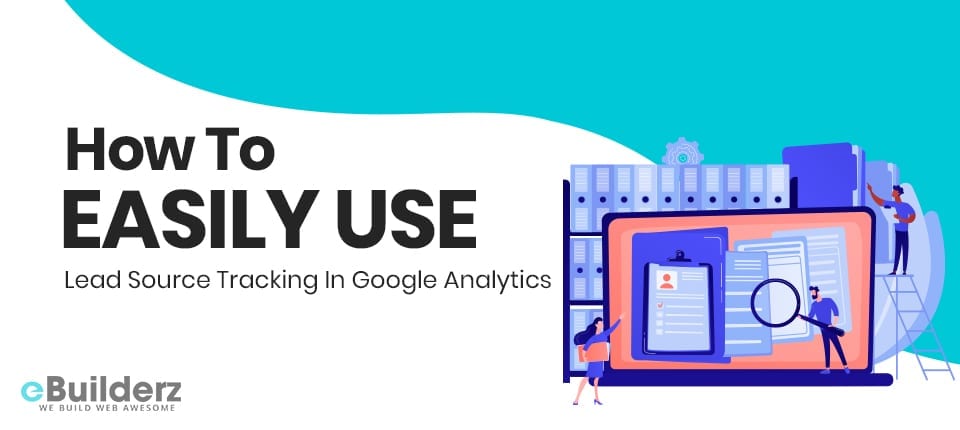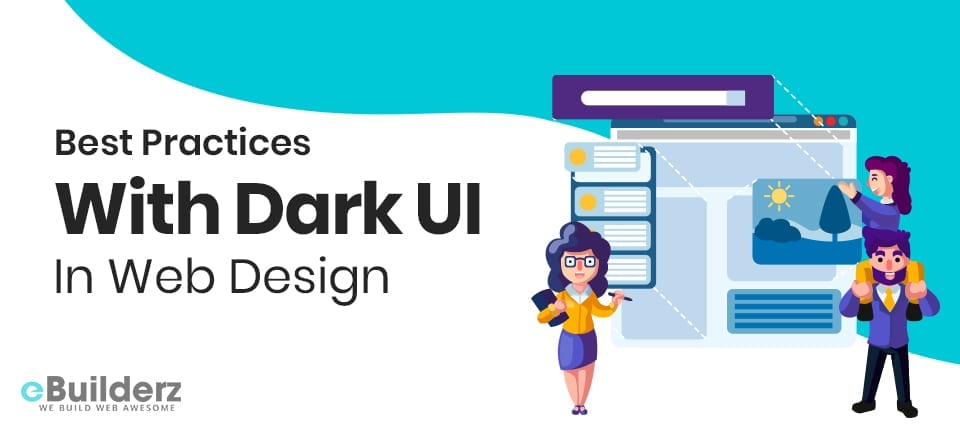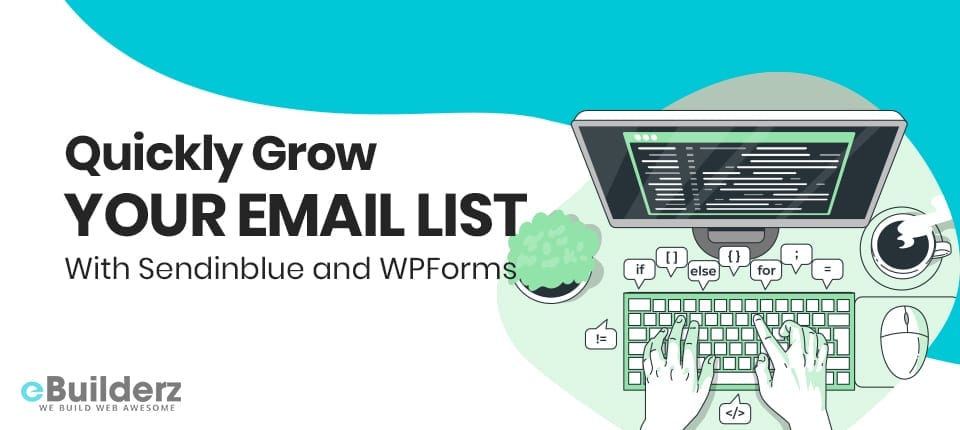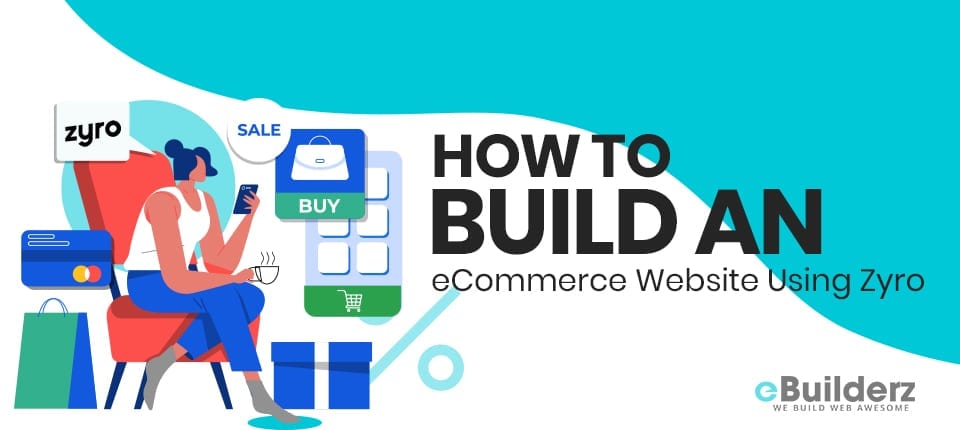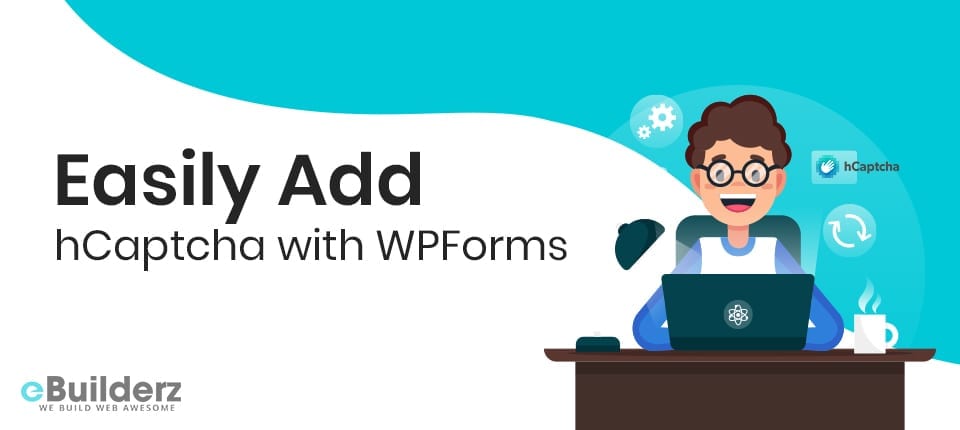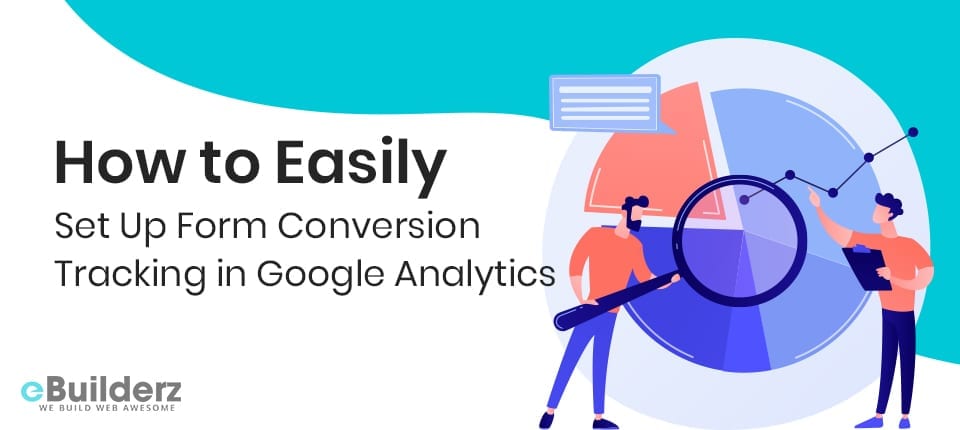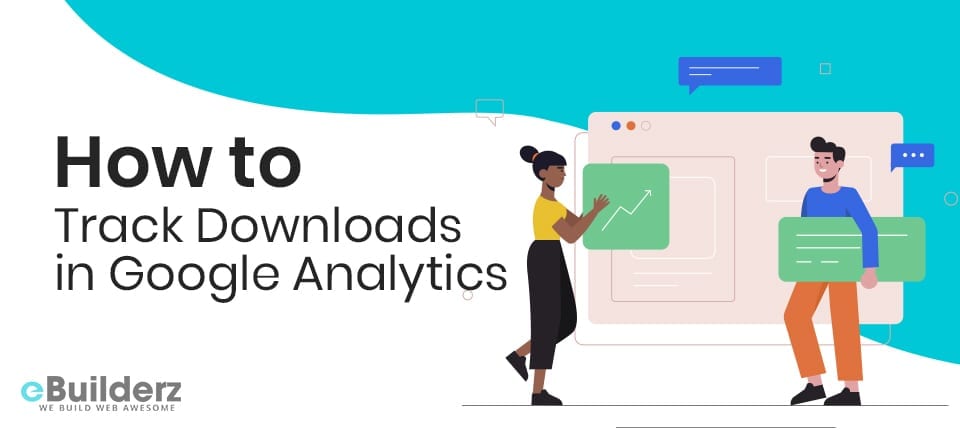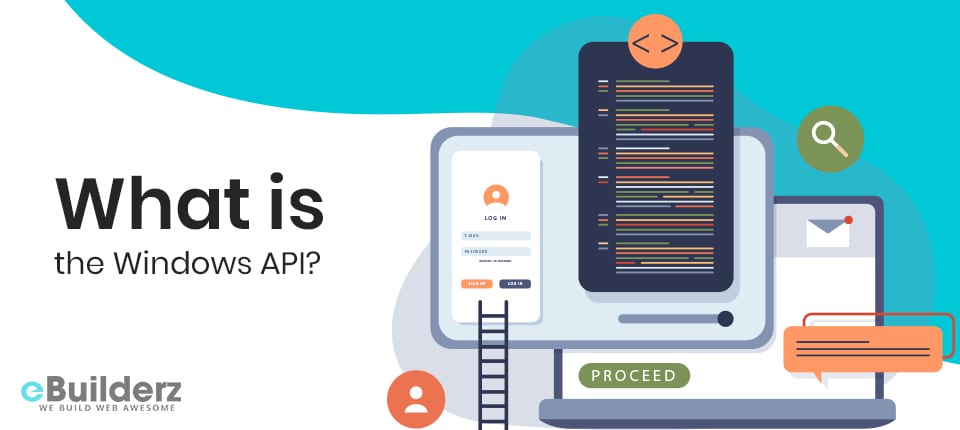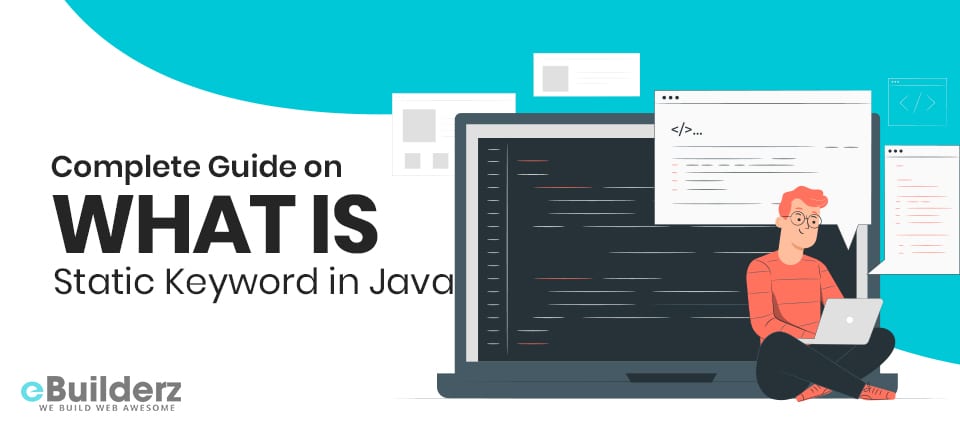Is it good to track the users that visit your Site? If yes, what role does google analytics in this? Google analytics offers a way to analyze traffic to websites.
Continue readingHow to Automate your Work with Zapier and WPForms
Do you want to integrate your WordPress forms with many online services to make automation easier on your website? Read this post to understand how you can achieve that with WPForms and Zapier connection.
Continue readingBest Practices With Dark UI In Web Design
Dark UI is an elegant, impressive, and striking presentation. It should therefore come as no surprise that it has become vastly popular all over the internet. The growing popularity will tempt many designers to join the trend. Still, before doing so, they need to understand how dark mode should be properly designed and implemented and what attributes should and should not be applied in its use.
Ultimately, for a design to be successful, it must focus on generating the look and feel. Still, the presentation varies based on the website, the audience it aims to reach, and the product or service it is trying to sell. In some cases, a dark mode UI might be just what the website needs, but on the other hand, a certain dark mode could have the opposite of the desired effect.
Whether you’re a self-employed web designer or work in one of the top companies specializing in UI design, it’s crucial to understand modern trends. Dark UI is one of the most popular web design trends today, so if you neglect it, you may be left in the dust of your competitors. Just make sure you understand this one thing: web design agencies and web designers worldwide are taking advantage of this trend because it helps create some novel and exciting user experiences.
Let’s explore some design practices that websites use when implementing a dark mode UI. This should help increase understanding of how to more effectively use dark mode in your upcoming design initiatives.
Use Negative Space
Dark mode intends to exude the feeling of ‘heaviness’ accomplished by using negative space, a term used to define the space around the design’s existing elements. In a typical design, this ‘white space’ may not be thought of as particularly important, but it is pivotal when designing using dark mode UI.
That is because white space’ is the visual tool that defines the layout, organization, and hierarchy of a design, serving as a powerful navigational tool for viewers. It also serves as an essential means of resting one’s eyes. For those reasons, achieving the perfectly balanced ratio between ‘positive’ and ‘negative’ spaces is essential to effective and tidy designs.
Human minds are naturally drawn to elements with ample negative space around them as it triggers the sense of the element’s importance and richness. The element with lots of negative space is subconsciously interpreted as being grouped separately from other elements due to its importance, instinctively drawing eyes to it.
For this reason, the balancing of positive and negative spaces can be the difference between a successful or a failed design. Designers need to consider the relationship between multiple letters or elements on display and how much breathing room’ each one needs. However, while lack of ample negative space will make a design look clunky and crowded, it is vital to remember that using excessive negative space will give the design a look of incompletion.
Enhancing Visual Content
Dark mode best practices are overall tailored around providing emphasis on the visual content. The dark mode is great when used with websites aimed at capturing the viewer’s attention as the heaviness of darker background make the elements present on the page ‘pop,’ helping to pull the viewer’s eyes to visuals of various colors and shapes, graphics, images or videos present on the site set against the high-contrast backdrop.
Color is one of the most effective methods in contrasting the elements present from the rest of the page. Brighter and lighter elements stand out more against dark backgrounds, which controls the design’s visual hierarchy by demanding the viewers focus their eyes on the elements first and foremost. A well-designed site using dark mode should seamlessly guide the viewer’s eyes to the important elements.
See More Drip Content – Learn about one of MemberPress’ Killer Features!
Boost Emotional Branding
Aside from helping the page not look cluttered, a dark mode UI’s use of negative space can also invoke a strong emotional response. One of the reasons has to do with the psychological aspects of color, with each one invoking a different psychological response from viewers. These responses trigger a particular set of feelings, which direct the viewer’s emotions. These emotions will be a significant factor in any decisions that the viewer makes while at the site.
This has been an area of study, with research finding that black color is commonly linked to perceptions of power, authority, stability, and exude strength. Alongside power and control, black is also linked with symbolizing independence, drama, intelligence, sophistication, mystery, and elegance. As its power convention cannot be understated, black is a powerful color used as a background to contrast and encourage large, high-contrast imagery, yielding stunning visual results.
Whether most viewers recognize it or not, this type of strategy is commonly used to set the mood on many entertainment and product selling websites. While the dark mode is a very effective strategy, it is imperative to use it and pair it with those color schemes that evoke the image that the site’s brand wants to be associated with.
Boost the Site’s Usability
Dark mode can also be effectively used in enhancing the user-friendliness of application design. Many apps are designed for heavy nighttime use and therefore operate more effectively with a dark color scheme that helps reduce eye strain and fatigue. This is one of the primary reasons Amazon Prime, Netflix, and other entertainment apps, make heavy use of dark mode UIs. Some apps, like Google Maps, automatically toggle to dark mode during the nighttime hours, while many other apps present users with preference or settings options that include switching to dark mode manually.
Apps and sites that aim to showcase images typically use dark mode more often. For instance, Spotify uses a dark background to accentuate the high-resolution album covers, much like Netflix sets crisp movie and show graphics against a dark palette to make them stand out.
However, nighttime usability is certainly not the only reason for dark mode utilization. Dark mode use is easier on the eyes in terms of strain.
With people spending an increasing amount of time in front of screens and the well-known effects of blue light on health, eye-sight, and sleep, it makes dark modes more useful in mitigating those effects.
Also, You Can Read How to Create Easy Notification Bars for Your Website
Other Benefits Of Dark Mode
Using dark background to promote lighter color display on sites is just one beneficial aspect of dark mode. Relief of eye strain and limiting blue light emission on a user’s eyes is another. Some other benefits of dark mode use include:
- Improved focus
- Enhanced concentration
- Better contrast
If a site anticipates that viewers will use it for extended periods continuously, leveraging dark mode will help relieve the strain on the eyes, a reason why dark themes are popularly used in financial apps and code editors.
Check Out the Quick Video Review On Practices With Dark UI In Web Design
Source: Flux
Conclusion
Dark mode isn’t anything new. Some sites started to use manual dark themes many years ago by simply adding a tiny control switch to one of the top corners on a page. But this year, big native apps for both desktop and mobile platforms have already started adopting an additional dark theme (or, depending on the default theme, it could be a light one) after all the major platforms have added a dark mode.
Simultaneously, dark themes also fit in perfectly with other major web design trends that involve moody and dark color patterns with glowing neon colors and various futuristic styles.
Here are few more topics that you shouldn’t miss:
How to Build an eCommerce Website Using Zyro
What Is the Best Free SEO Rank Checker?
The Ultimate Guide To Using Pinterest For Small Businesses
Like this post? Don’t forget to share
Quickly Grow your Email List with Sendinblue and WPForms
Building an email list in your WordPress website allows you to reach out to your potential customers in a bid to convert them. Read on for more information on how you can connect a Sendinblue addon with WPForms.
Continue readingHow to Build an eCommerce Website Using Zyro
You want to start an online store, and from all the various choices of eCommerce builders out there, you’ve decided to use Zyro.
Now you’re looking for a guide on how to make an online store using Zyro. Well, you’ve come to the right place.
In this article, I’ll explain what features make Zyro different from other eCommerce builders. I’ll also give an easy step-by-step guide to create an online store using Zyro.
Let’s get started.
What Makes Zyro Different?
Zyro is an easy to use website builder that allows you to create aesthetically pleasing online stores and websites quickly and easily. What makes Zyro unique is their AI-driven tools, meaning they use various AI tools to assist you when making an online store.
Here are some of the AI tools that Zyro provide:
- Business name generator.
- AI writer.
- Logo maker.
- AI heatmap.
- Slogan generator.
Not just AI tools, Zyro also provide various more features to make creating a website more comfortable, which are:
- Drag-and-drop editor.
- Designer-made templates.
- Marketplace integration.
- Social media integration.
- Search engine optimization integration.
- Included SSL certificate.
Adding to that, when you build a website using Zyro and pick a plan you want, the domain name and hosting you’ll need to run a website is all-inclusive.
Now, let’s take a look at how to build your store using Zyro.
1. Decide on Your eCommerce Business Model
Your eCommerce business model essentially explains how you intend to make money. There are plenty of business models out there, but here I’ll instead explain the four basic business models that you can consider as a beginner.
1. Product/Service – A business will make and sell its products and services. This is the most common model used by companies because it is the most straightforward to do.
2. Reseller – A business purchases products or services and resale them for a profit. Affiliate marketing falls into this category.
3. Broker – A business that focuses on bringing buyers and sellers together and take a transaction fee. For example, real estate agents or Fiverr, a place to find freelancers.
4. Aggregator – It’s a network model where you gather service providers under one brand name. Examples include Uber and Oyo.
2. Head Over to Zyro and Choose an eCommerce Plan
Once you have a business model, pick an eCommerce plan for your business. Zyro offers two different plans that focus on the online store, which are eCommerce and eCommerce Plus. You can see the difference between them below:

Click here to check out the full list.
Most businesses will find the eCommerce plan sufficient for them, and I would recommend you to use it as a starting point. You can always easily upgrade to their Plus plan when your business grows.
See More: 12 Marketing Tools That Will Help to Achieve Business Goals
3. Register Your Domain Name
The next step is to register your domain name. It’s the address of your website which people will use to type in their browser URL bar.
Since you already picked an eCommerce plan, you can register your domain name for free. But you need to keep in mind a couple of things when creating your domain name to reflect your brand and business.
Here are some tips when choosing the right domain name:
- Keep it simple – Avoid using numbers, hyphens, and doubled letters.
- Make it recognizable and brandable.
- Try including a keyword.
- Use a country domain if you’re aiming for a local market.
Great domain names aren’t available for a long time, so once you found a domain name that fits, you should immediately register it.

But if your domain name is already registered by someone else, worry not. You can use Zyro’s domain name generator to give you new domain name ideas. All you need to do is type in a keyword or two, and the generator will provide domain name suggestions for you to pick.
4. Pick a Template
Now you can pick a template from the various types that Zyro offers. Here are a few examples of Zyro’s designer-made eCommerce templates.
1. Tixly

2. Haven

3. Safa

There are two main things to consider when choosing a template, which is design and features. Design refers to the layout and appearance of the template. Does it suit your brand? Features refer to the functionality that the template can provide.
With Zyro, besides picking various kinds of templates, you can also add new features to your site by clicking on the Add Elements button on the top of the page. Thus versatility is another thing that Zyro offers.
5. Customize Your Website
Now is the part where you can customize your website to your liking. Here, Zyro’s tools are a big help for you.

The AI heatmap tool can accurately predict how your potential visitors will see and navigate your page. Thus, using the AI heatmap, you can arrange the elements on your site to maximize conversions based on which sections the readers will see first.
Zyro also has Unsplash integration. This means you can get thousands of free high-quality images you need to design your site.
You can also edit your mobile site separately from your desktop. Typically, Zyro will optimize it for you, but you can also customize it to your liking.
6. Upload Products and Content
The next step is to upload your products and fill your site with content.
The AI writer can be beneficial, especially when creating the first content on your site. You can just type in a few keywords and click on the categories you prefer; then, the AI writer will create search engine optimized content.
Since all of the templates are already optimized for search engines, you can just upload your products on the template’s product catalog and write down the product descriptions to describe the product’s benefits and features.
7. Configure Payment and Shipping
One of the reasons potential customers leave online stores is due to a lengthy and complicated checkout process. Luckily, since Zyro’s templates are all optimized already, you don’t need to worry about it. You can just straight away configure the payment and shipping options.
Included in Zyro’s eCommerce plans are 50 different payment methods, from PayPal to credit cards. So you can have all of the options on the checkout page for faster transaction.
When it comes to shipping, Zyro also supports plenty of major carriers like FedEx and UPS. It also gives access for you to add or block other shipping options. This allows buyers to pick the shipping method they’re most comfortable with.
Also, You Can Read Increase Conversion Rate by Adding a Multi-Step Form In WordPress
8. Launch
Once everything is in place, you can go ahead and launch your new online store. But remember, people aren’t just going to come to your site. You need to run some promotions.
Zyro makes it easy to apply discount codes and coupons directly to your cart. It’ll even promote the discounts as visitors are scrolling through your site, thus increasing sales chances.
Buyers can also easily buy and apply gift cards from your site. Thus a customer can give a gift card to their friends, which they can then use when they’re shopping at your store.
9. Sell on Other Online Marketplaces
To get traffic faster and increase conversions while also reaching a wider audience, you should also sell and promote your products to other online marketplaces.
Zyro has the feature that allows you to sell on eBay, Amazon, Facebook marketplace, and various other online marketplaces directly from your site. You can also manage your stock using their integrated stock management system, making it simple to monitor your inventory and sales from various platforms.
All of this can be directly managed from Zyro’s dashboard.
10. Market Your New eCommerce Store
Simply promoting your store by providing coupons, discounts, and gift cards may not be enough. To help with marketing, you can use Zyro’s automated tailor-made ads on Google Shopping and Facebook.
Zyro also has social media and email list integration, giving you easy access to promote your site through your social media accounts and existing email list by just a couple of clicks.
Check Out the Quick Video Review On Build an eCommerce Website Using Zyro
Source: Sam Dey
Conclusion
Now you know what makes Zyro different from the rest, as well as the steps to create an online store using it. All that’s left to do is start building your online store.
Remember to thoroughly research your business model before starting and taking your time when choosing your site’s right template. You can preview the templates and see how they behave. Good luck!
Here are few more topics that you shouldn’t miss:
How to Add Killer Google Analytics in WooCommerce Now
How to Easily Set Up Form Conversion Tracking in Google Analytics
New eCommerce Features from Formidable Forms Plugin
Like this post? Don’t forget to share
Easily Add hCaptcha with WPForms
Do you want to make your website forms secure and free from spam? With cybercrime on the rise, you need an integration that helps you secure your forms.
Continue readingHow to Easily Set Up Form Conversion Tracking in Google Analytics
Knowing where your form fillers’ source helps you know the value of your lead generation campaigns. Read this post for more about conversion tracking in Google Analytics.
Continue readingHow to Track Downloads in Google Analytics
Do you want to know how many times and how many visitors have downloaded your ebook or any other file you offer on your website? You can easily do that with MonsterInsights.
Continue readingWhat is the Windows API?
The Windows API is an interface used by developers when creating Windows applications. For developers to add capabilities to their Windows applications, they need a platform to interact with the Windows operating system. This is where the API comes in.
Software developers get access to several powerful routines when building Windows applications, one of the Windows API routines. The Windows API comes with a set of libraries filled with routines providing an interface to the Windows operating system.
Therefore, the Windows API can be defined as the interface between the applications and the Windows operating system. Developers can, in turn, use these set of routines to get statistics about the operating system and manipulate the performance of an application. These statistics may include things such as memory status and allocation.

Windows API Functionality
Even though the Windows API might sound complicated, it is an API just like any other and works similarly. If you would like to learn how to use an API, RapidAPI has a complete guide with a step by step procedure on how to do so.
The Windows API functionality is categorized into:
1. User Interface
The Windows API user interface comes with the functionality used to manage the Windows operating system and some of its controls, such as scrollbars, buttons, and getting the keyboard and mouse input.
See More: How to Connect WordPress Website Leads And Salesforce (CRM)
2. Base Services
Base services provide developers with access to devices, file systems, threads and processes, error handling, Windows registry, and other fundamental resources that come with the Windows operating system.
3. Graphics Device Interface
Windows application developers depend on the graphics device interface when looking for the functionality that outputs graphical content to printers, monitors, and any other output devices connected to the Windows operating system.
4. Windows Shell
The Windows API comes with components that allow applications to access the Windows operating system shell’s functionality. These applications can also enhance and change the shell’s functionality to meet their requirements.
5. Common Control Library
Sometimes, the Windows operating system’s applications require access to advanced controls that come with the operating system. The advanced controls include tabs, progress bars, status bars, and toolbars, among others. The common control library provides this access.
6. Network Services
Some Windows applications cannot perform without networking services. For instance, some games should be connected to the internet for them to work. These applications use the Windows network services to gain access to the operating system’s networking capabilities.
7. Common Dialog Box Library
Windows applications require the capability to save and open files and change appearance such as font and color, among other things. They use the common dialog box library to get this capability. For example, when using Adobe Premiere Pro to edit a video, you might want to save your project to continue at a later date. This would not be possible without the common dialog box library.
Also, You Can Read The Definitive WordPress Directory Software [2020]
The Windows API’s basic function is to facilitate communication between an application and the Windows operating system. However, different Windows applications also need to communicate and share data between themselves. In such an instance, the Windows API is not used. In its place, Windows came with several technologies that work with the Windows API. These technologies include the DDE (Dynamic Data Exchange), the COM (Component Object Model), and the OLE (Object Linking and Embedding).
Final Words
Finally, the Windows API can be described as dynamic software. This is because its functions change every time a new service pack is released, such as releasing a new Windows API with a foldable functionality or even when a new Windows operating system version is released. It is also important to note that the Windows API’s desktop and server versions have major differences.
Here are a few more topics that you shouldn’t miss:
Could Your E-Commerce Business Benefit from a Competitive Analysis?
Best Blogging Tools Every Blogger Should Know in 2021
Complete Guide: How to Become A Python Developer?
Like This Post? Don’t Forget To Share
Complete Guide on What is Static Keyword in Java
Keywords are reserved words in Java that can’t be used as identifiers. In Java, we have 57 keywords in total. Among those keywords is one called Static. In this article, we are going to look at how to apply static in various aspects of programming when using Java.
Continue reading
